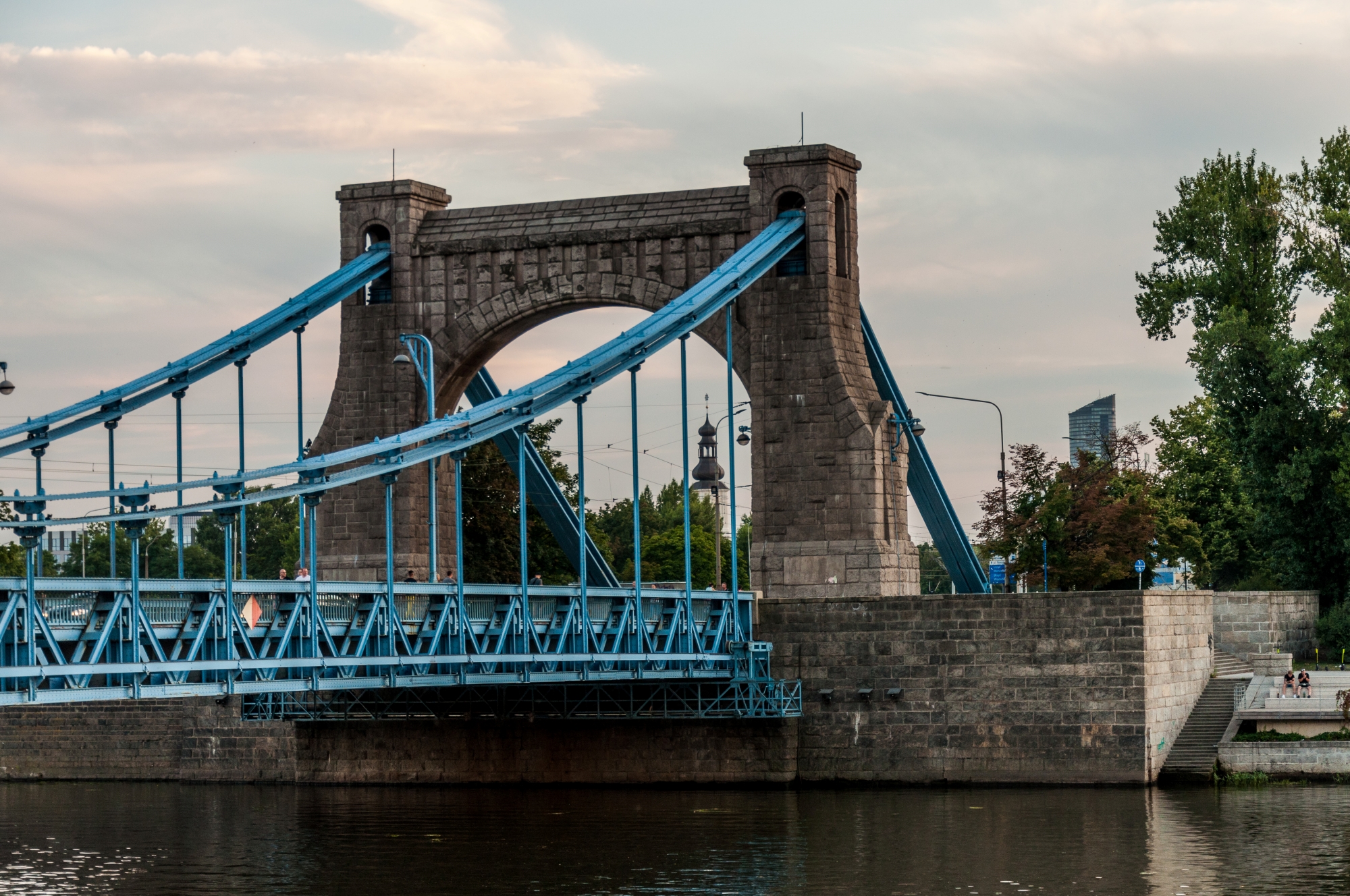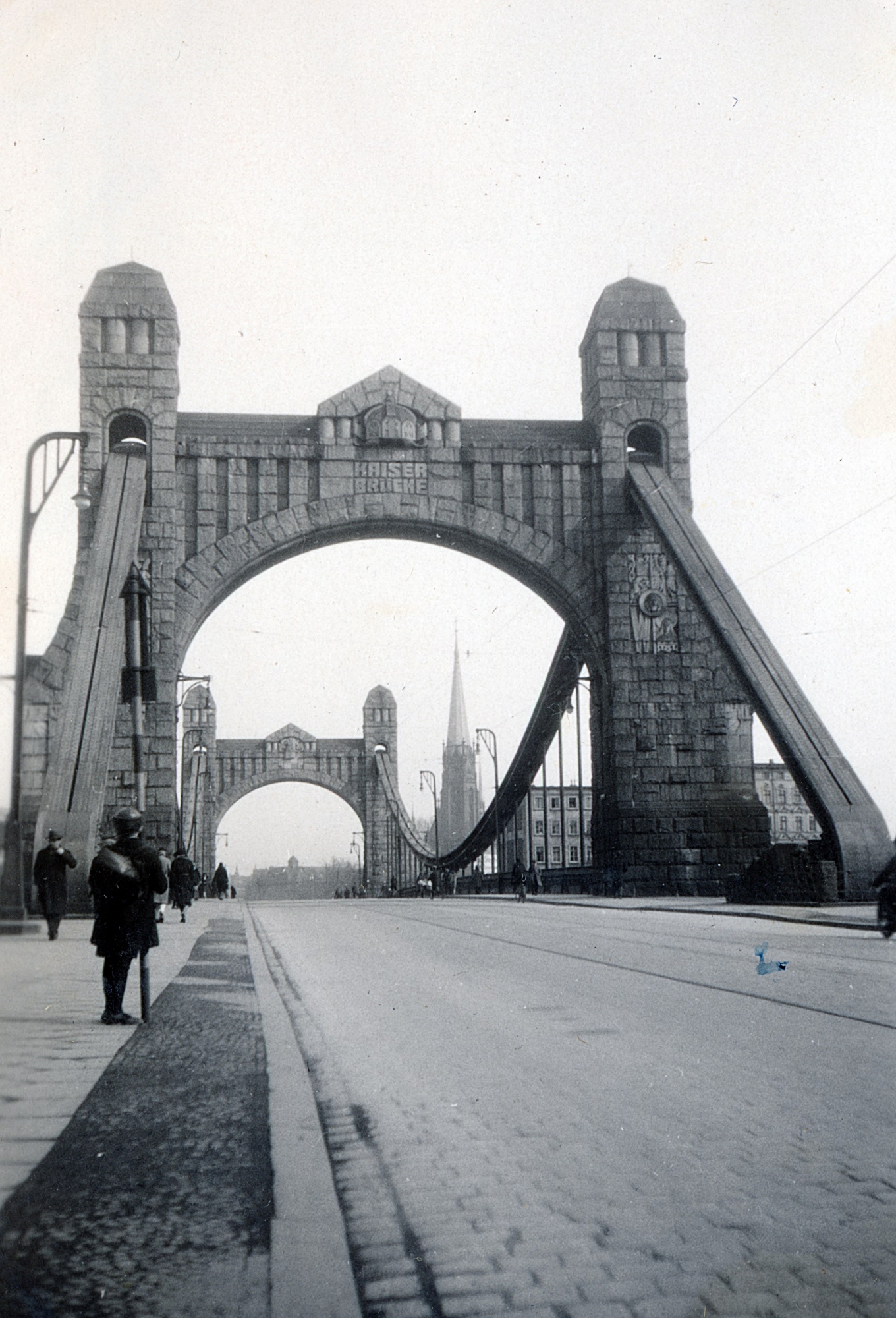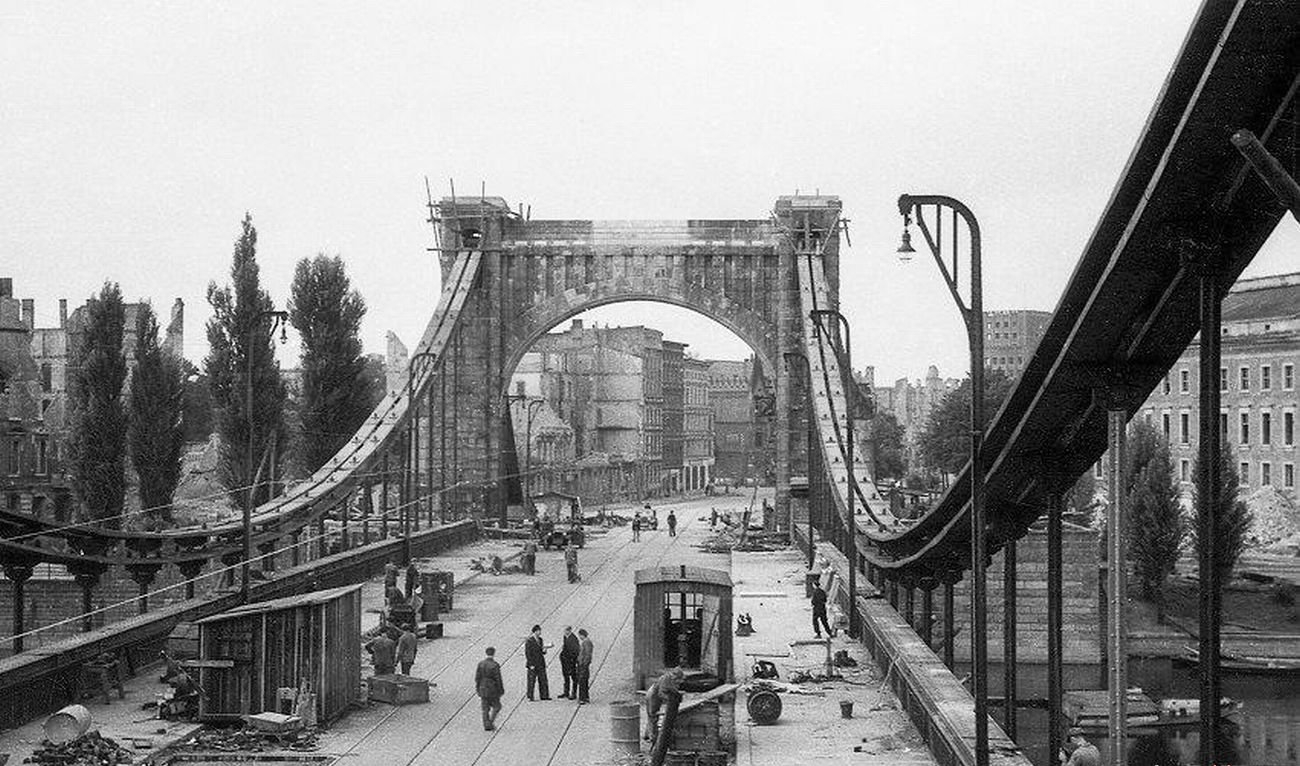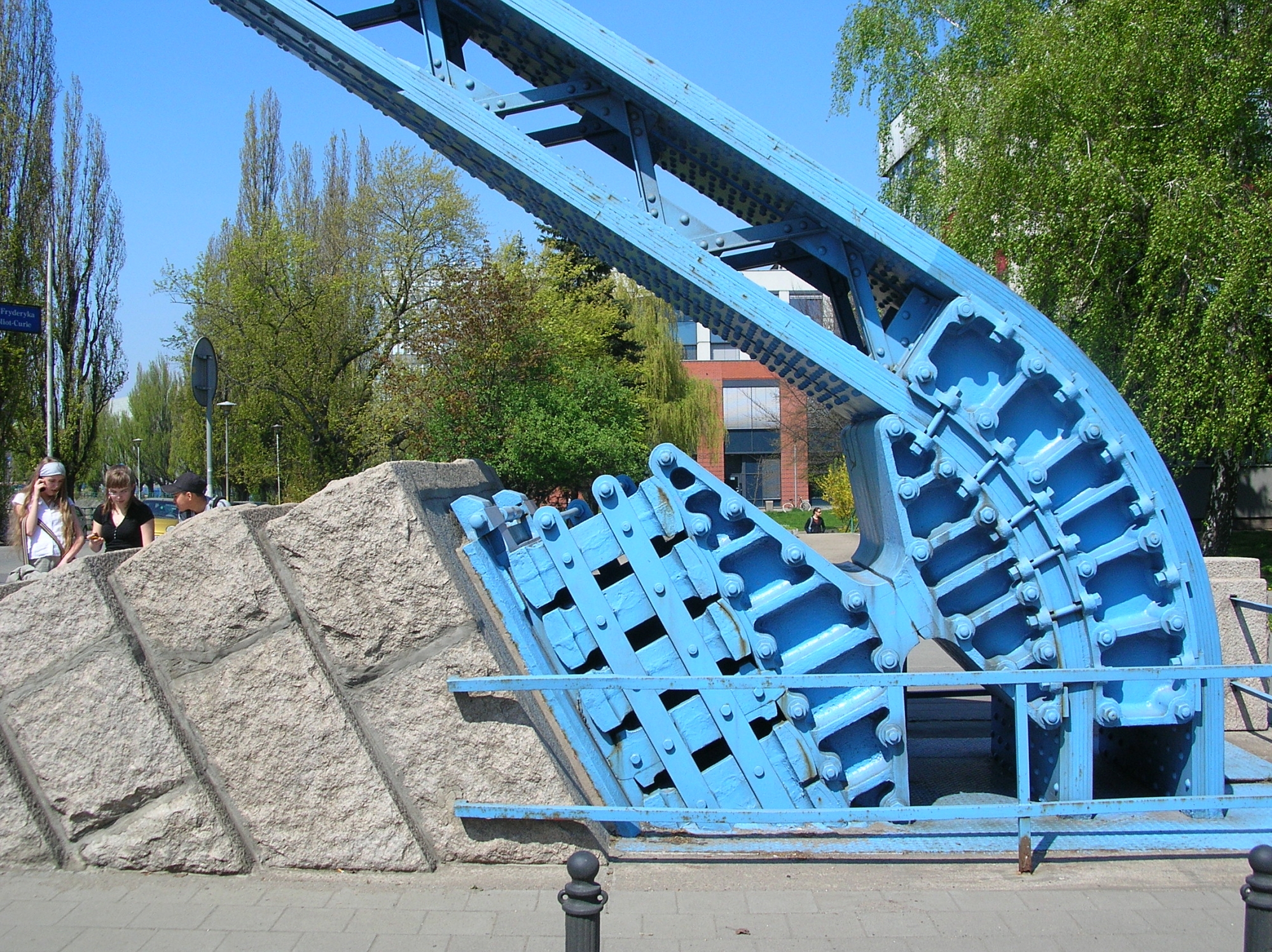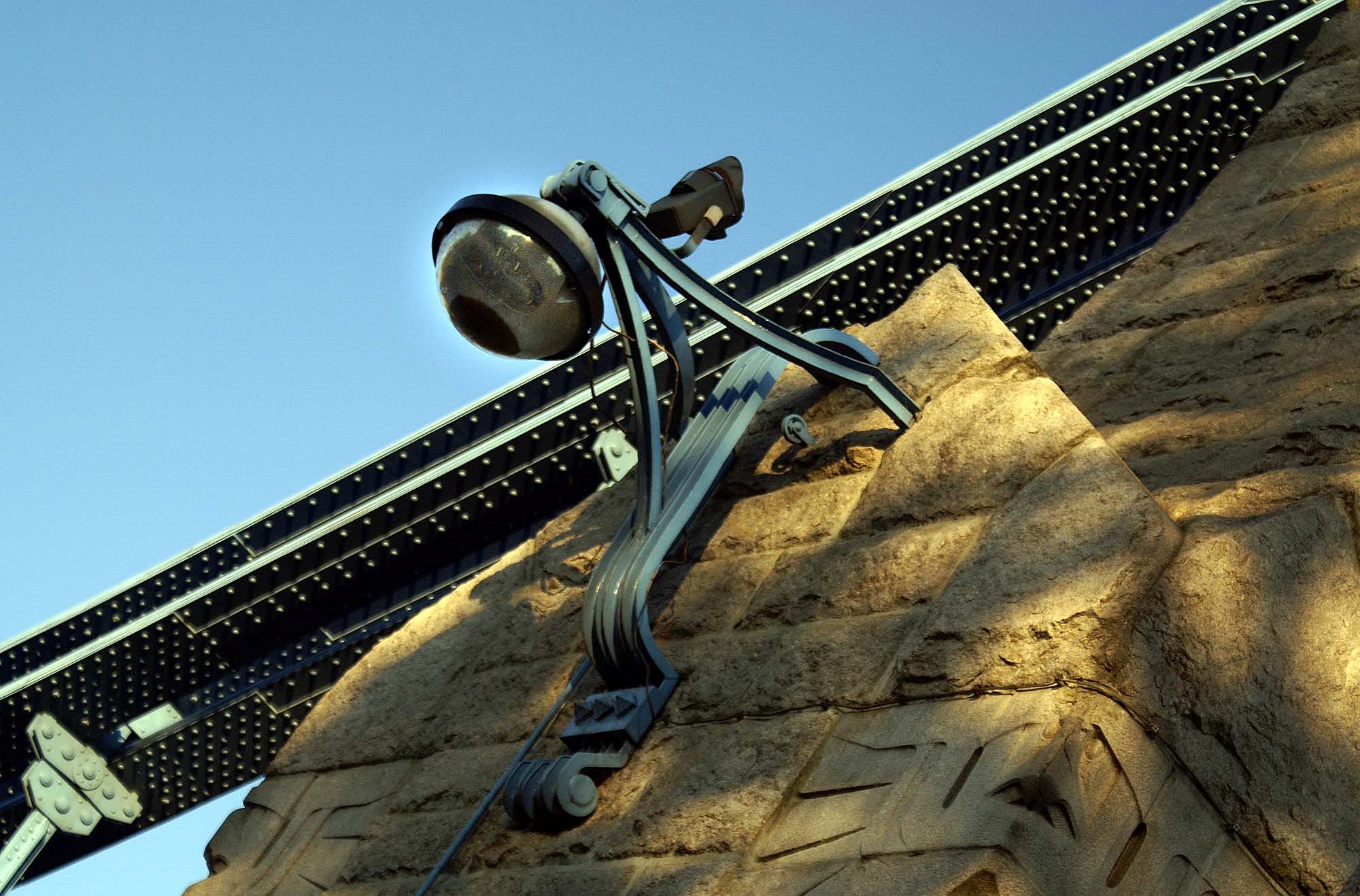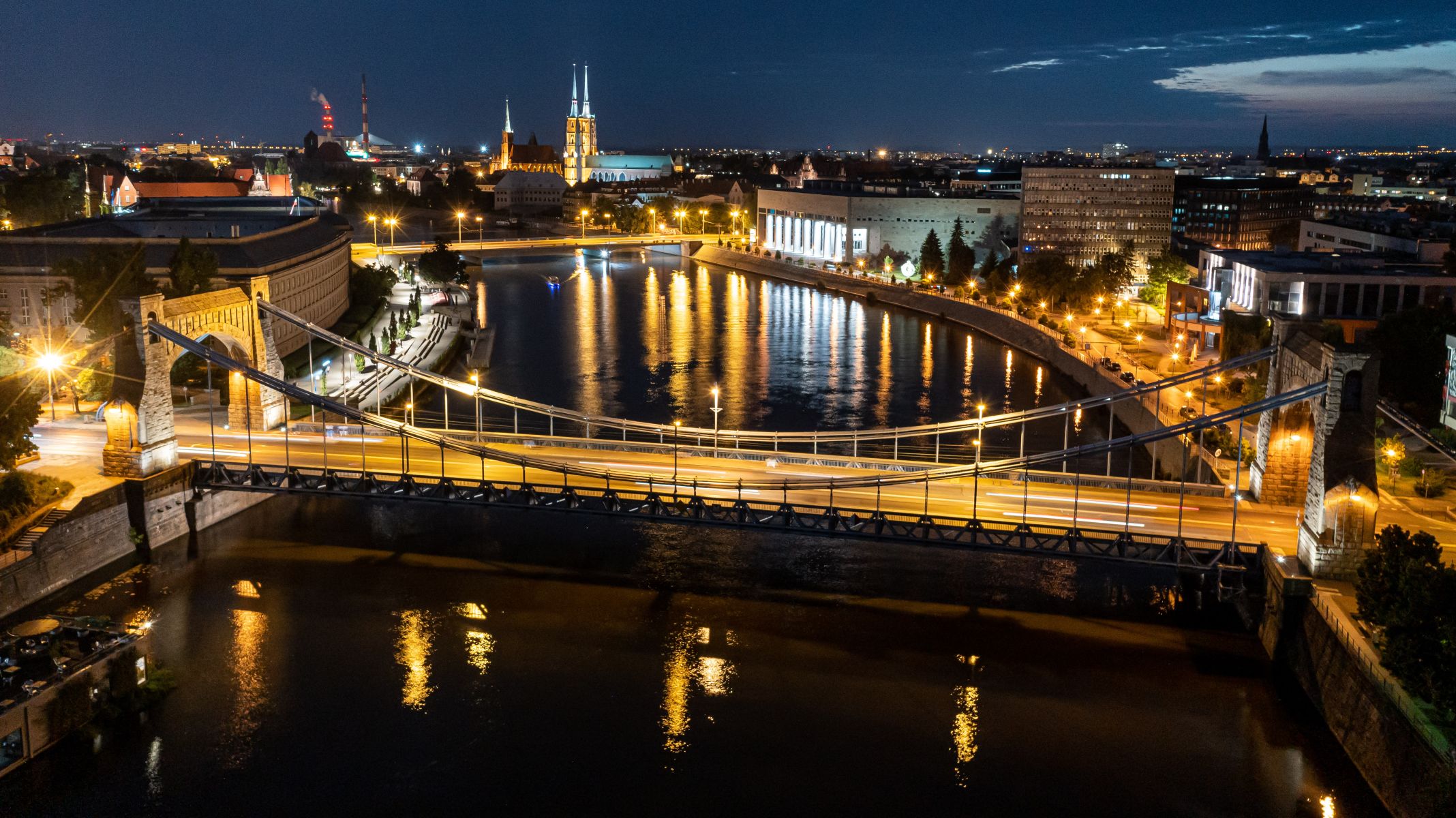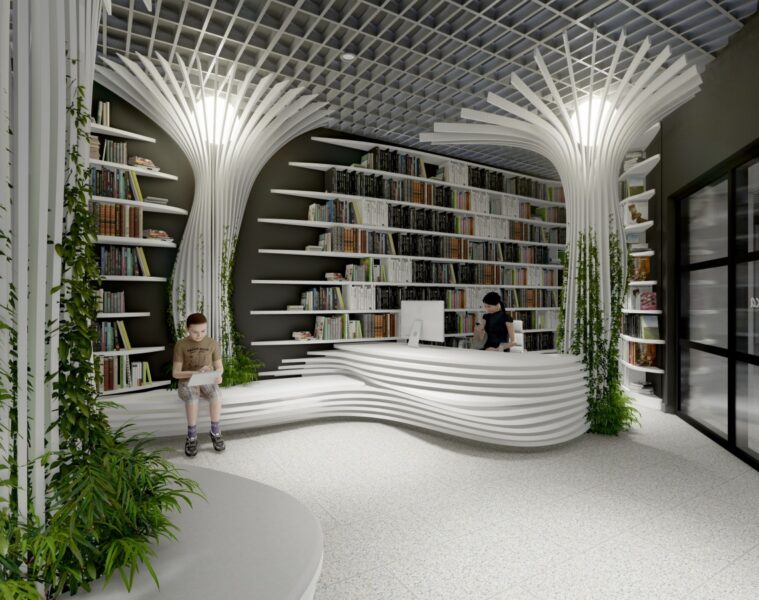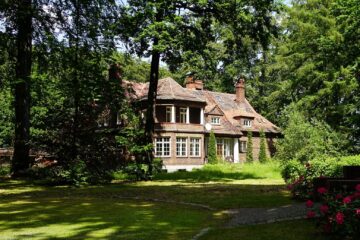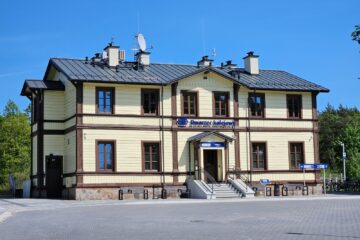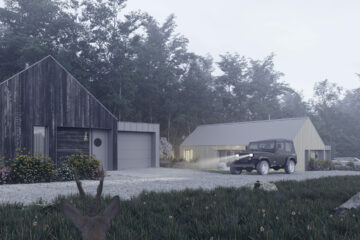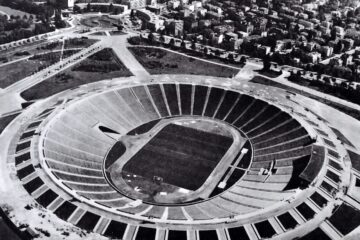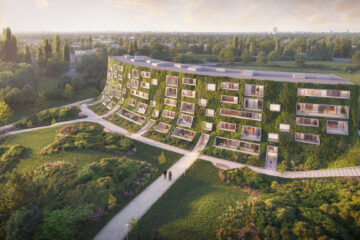The Grunwald Bridge in Wrocław is a unique work of engineering art, as the monumental structure gives the impression of being graceful and light thanks to its suspended construction and relatively low height. This one of the few suspension road-tram bridges in the world has been in continuous operation since 1910.A contract has just been signed for the preparation of design documentation for the renovation of the historic structure, which will, among other things, restore the lost finials of the pylons
The ceremonial opening of the new bridge took place on 10 October 1910 and it was named the Kaiserbrücke (Emperor’s Bridge) – in honour of Kaiser Wilhelm II. It is a riveted steel structure. The load-bearing elements are supported by pylons made of clinker brick and faced with granite, about 20 m high. For the siege of Breslau, the bridge was stripped of architectural elements that impeded take-offs and landings at the airfield created within Grunwald Square, and the bridge itself was cut off and survived the offensive, lying on 4 barges on the water. The steel elements of the arches and straps suffered a lot of damage during the shelling. In 1947 the bridge was rebuilt and re-suspended, although without the reconstruction of some elements (helmets on the pylons, some bas-reliefs) and thousands of vehicles have passed over it for decades since. Finally, the time has come for a major renovation to restore the structure to its full functionality and proper appearance
Grunwaldzki Bridge in the daytime. Source: zdium.wroc.pl
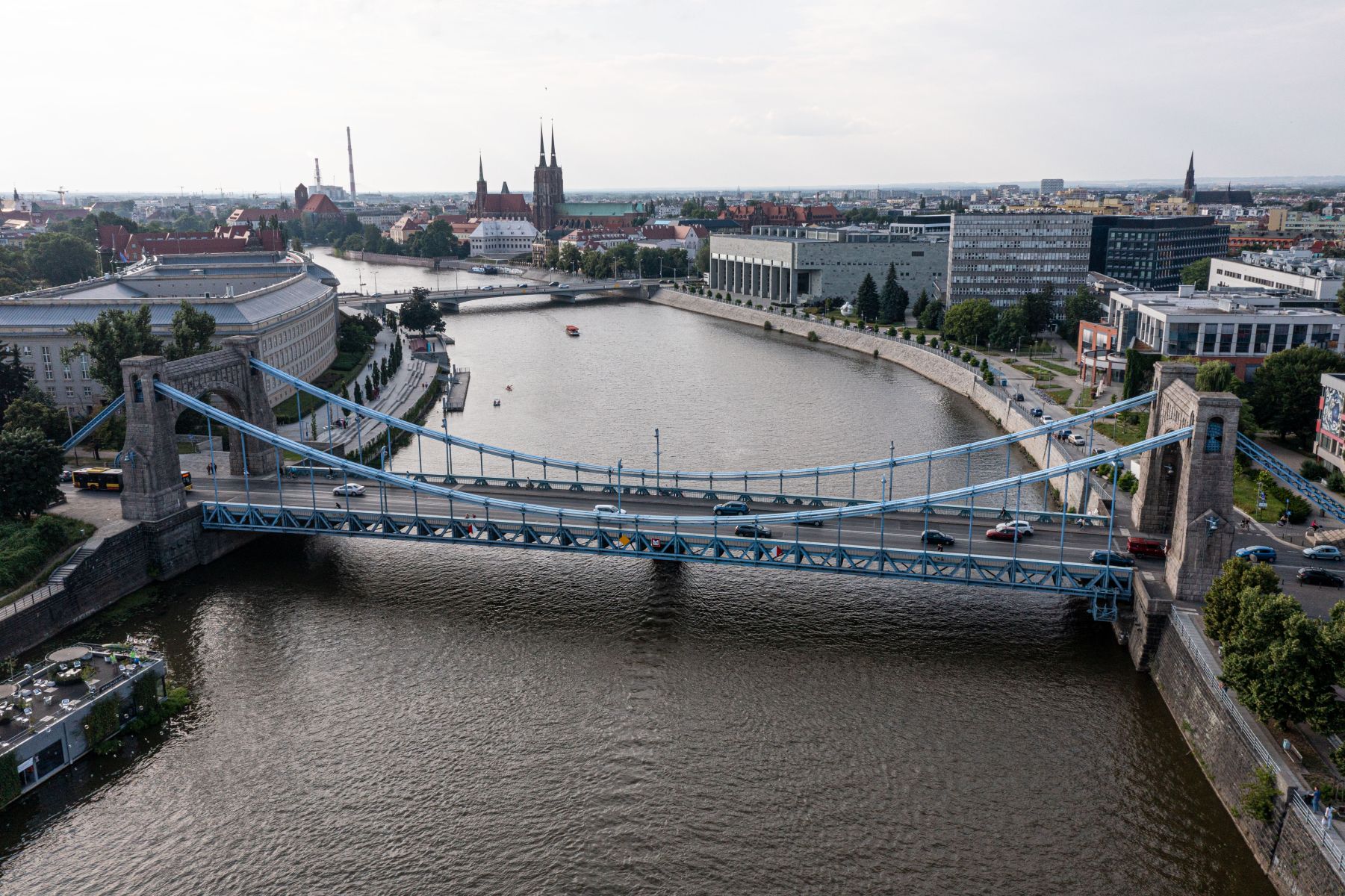
Zarząd Dróg i Utrzymania Miasta w Wrocławiu (Roads and City Maintenance Management Authority in Wrocław) signed a contract with PBW Inżynieria to prepare project documentation for the renovation of the historic Grunwaldzki Bridge. It is under strict conservation protection and listed in the register of monuments, and is a silent witness to many historical events in Wrocław. The work will take at least a year and may be prolonged, as the scope of work covered by the project and the list of companies and institutions with which the work must be agreed is very long. The project includes, among other things, the development of the renovation of the pylons together with the restoration of the historic finials (domes) that were on the bridge before the war

The scope of work includes, among other things, replacement of the reinforced concrete deck slab, insulation, roadway surface, anti-corrosion repairs to the steel structure, load capacity assessment and strengthening of the structure so as to improve the usable load capacity of the structure to 40t if possible, replacement of all corroded structural elements and equipment of the structure. The paving slabs will be replaced. As part of the renovation, it is also planned to replace the tram tracks in agreement with MPK Wrocław. The subject of the order includes all works included in the process of preparing project documentation along with obtaining the required agreements and opinions, as well as the construction permit decision
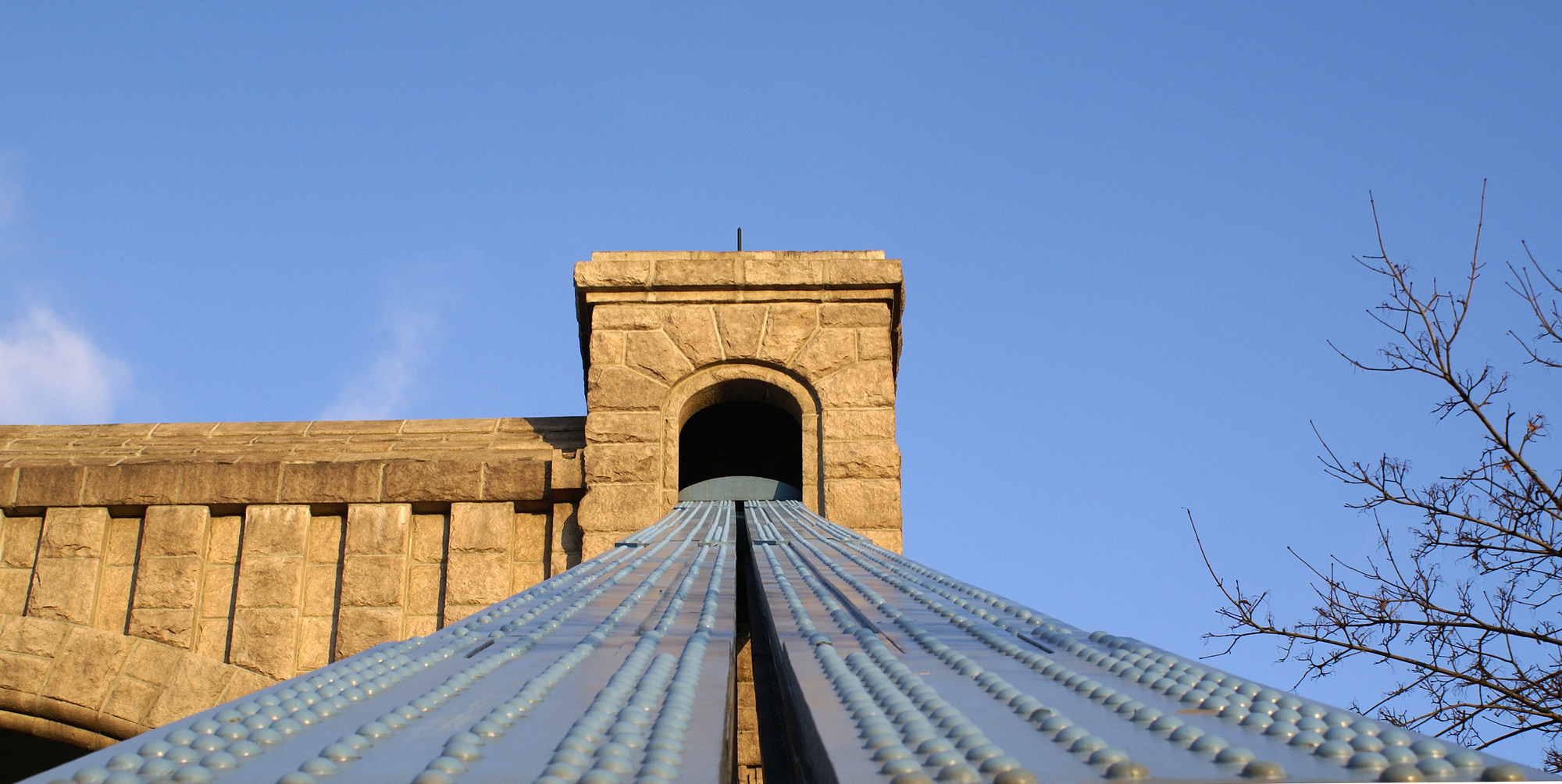
The subject of this contract is also the preparation of the traffic organisation on the bridge both during the renovation and after the completion of the works. The designer will carry out all work and arrangements under the close supervision of the Lower Silesian Provincial Conservator of Monuments. He will also strive to maintain the existing spatial and functional structure on the bridge and to build a pedestrian and cycle path that will connect the boulevard and the coast under the Grunwaldzki Bridge, similarly to how it functions today under the Pokoju Bridge
The contractor will have 12 months from the date of the contract to complete the investment
Source: Roads and City Maintenance Management in Wrocław
Read also: Architecture in Poland | Renovation | History | Monument | Wrocław | Interesting facts

